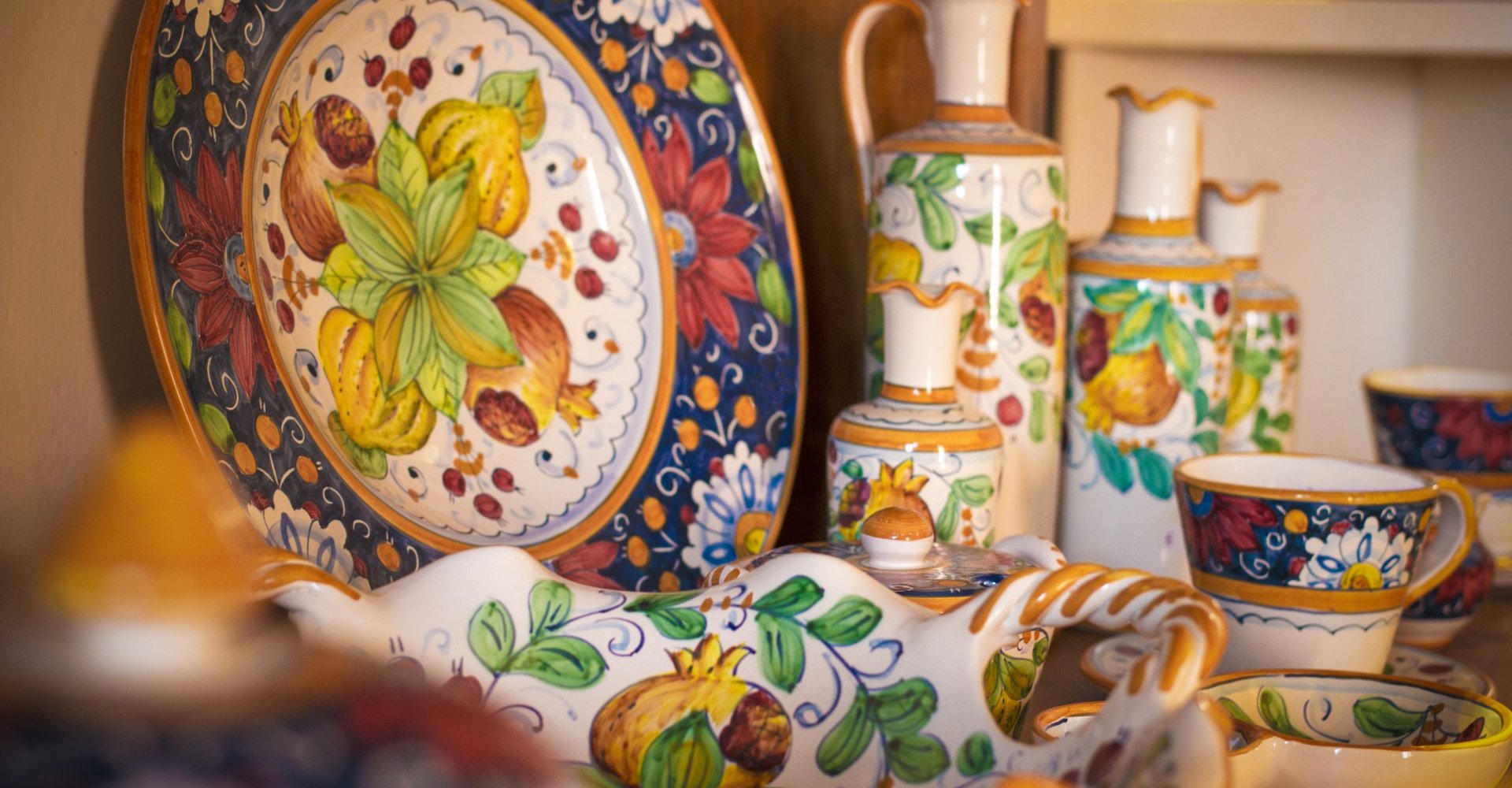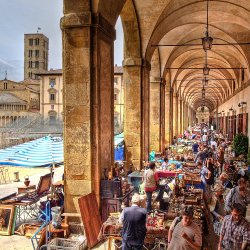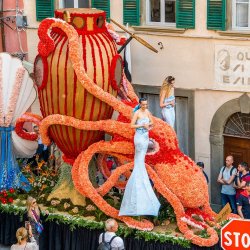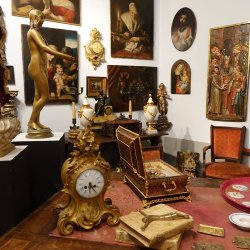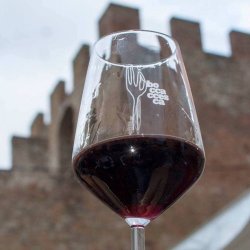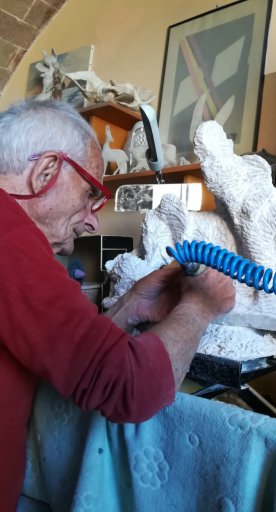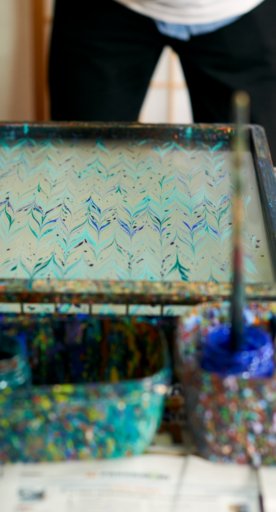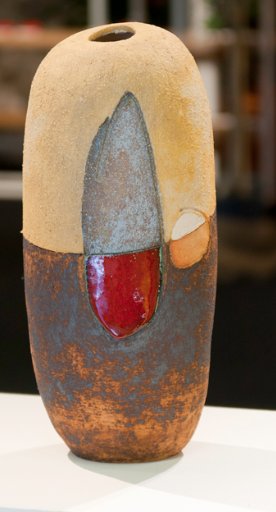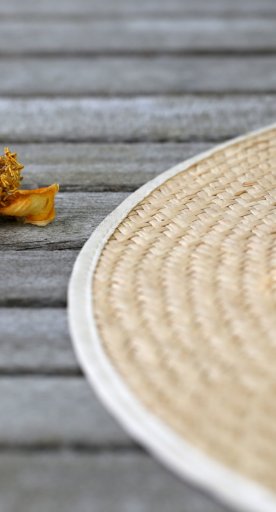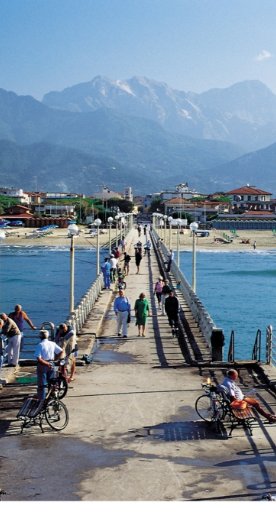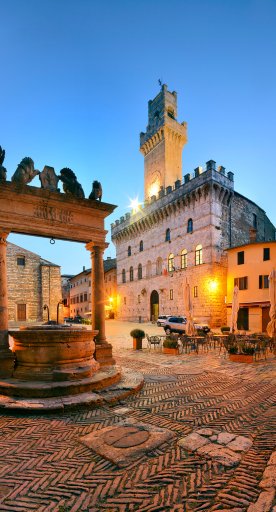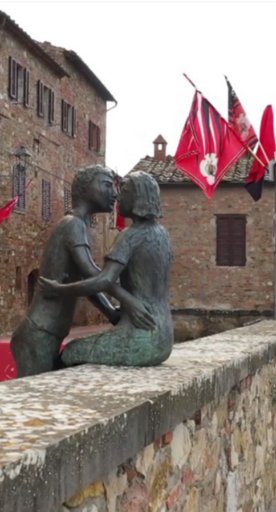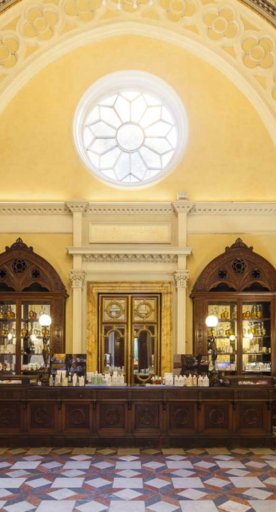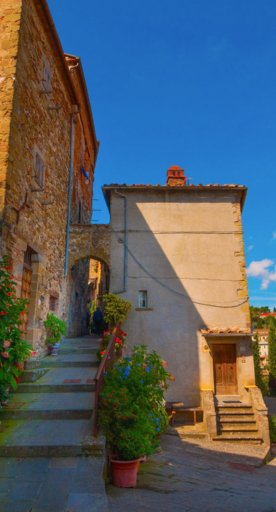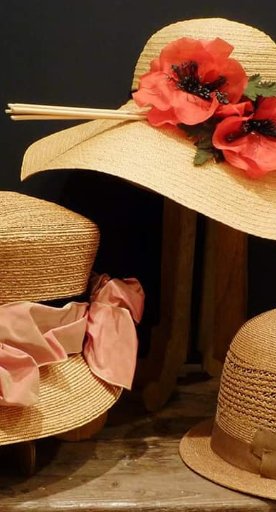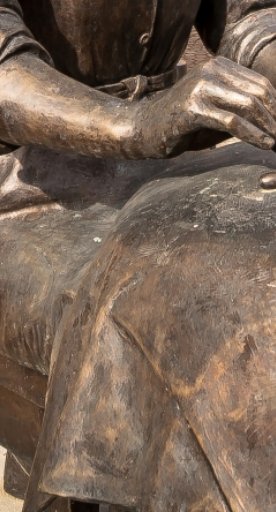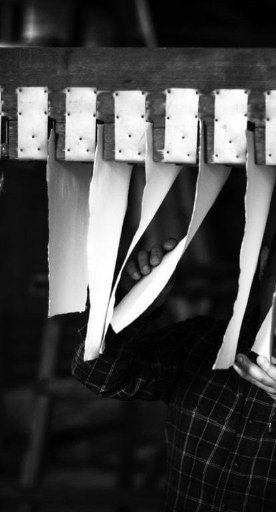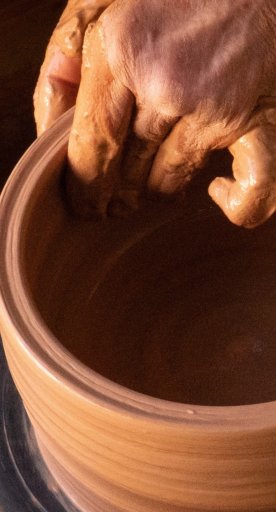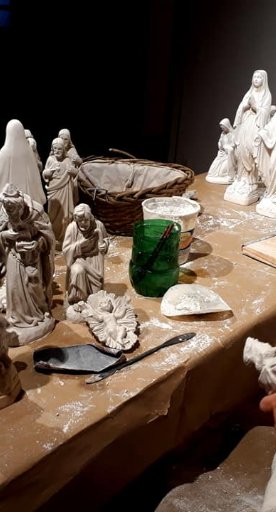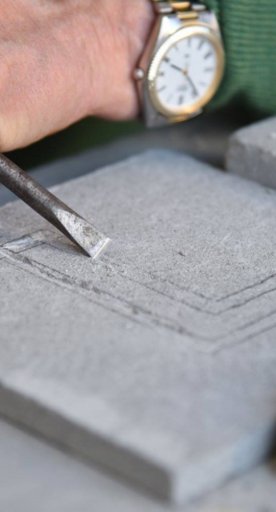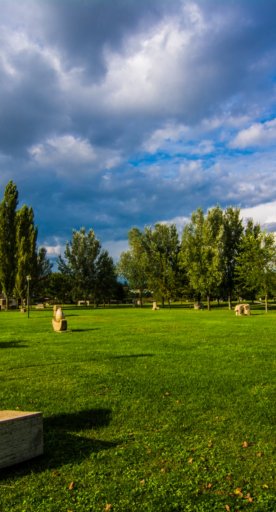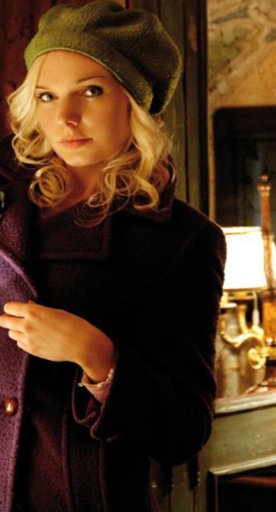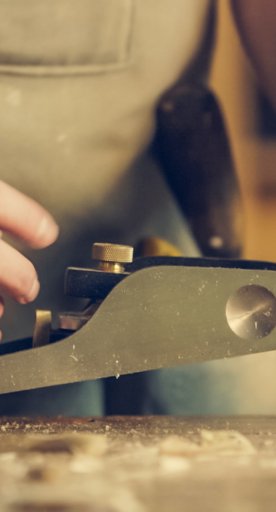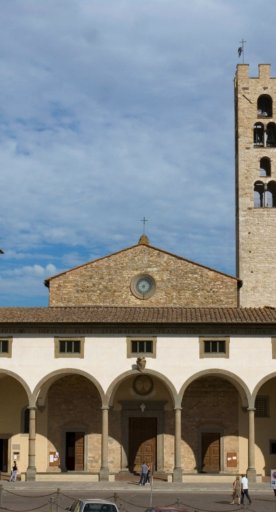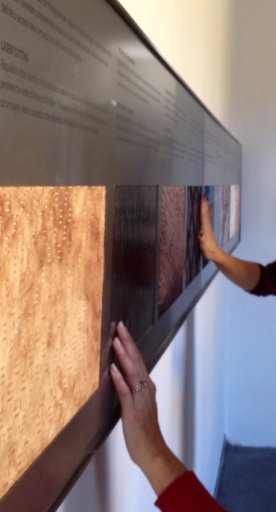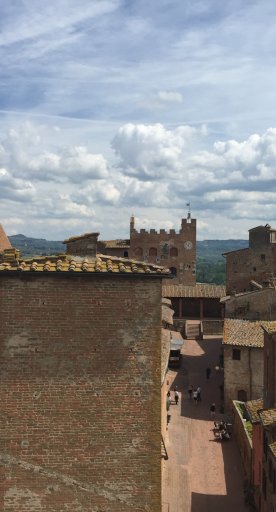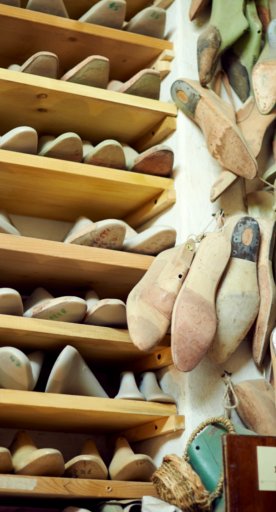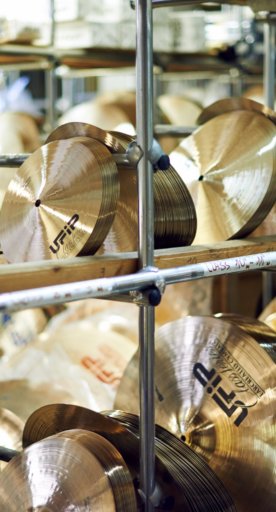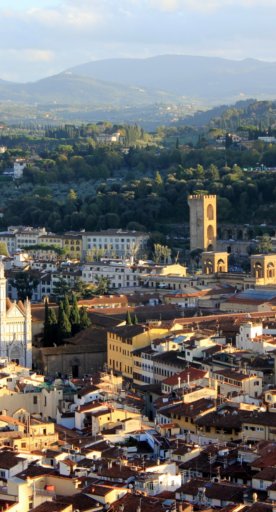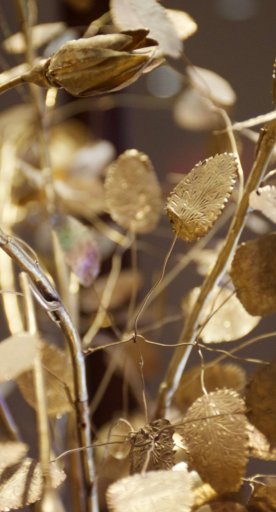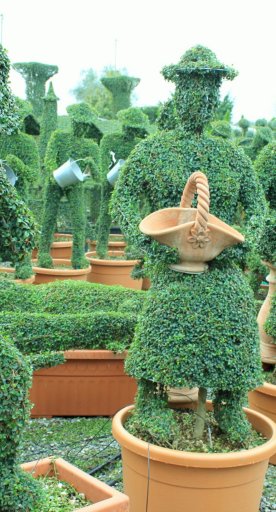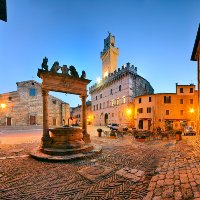Handcrafted products to buy in Siena
Crafted treasures in and around Siena: tradition, elegance and creativity in local products
Siena, a city rich in centuries-old traditions, is famous for its craftsmanship, ranging from ancient painting techniques to creations in fine materials.
From household items such as candles, pottery and hand-painted majolica to clothing—particularly loom-woven knitwear and handmade silk scarves—the choice is broad and varied in terms of style and details.
The territory of Siena offers a variety of unique products, perfect for those who want to take home a piece of Tuscan history and culture.
-
1.Painting and artistic decoration
-
2.Yellow marble
-
3.Ceramics from Siena
-
4.Textile garments
-
5.Handmade hats
-
6.Leather goods
Painting and artistic decoration
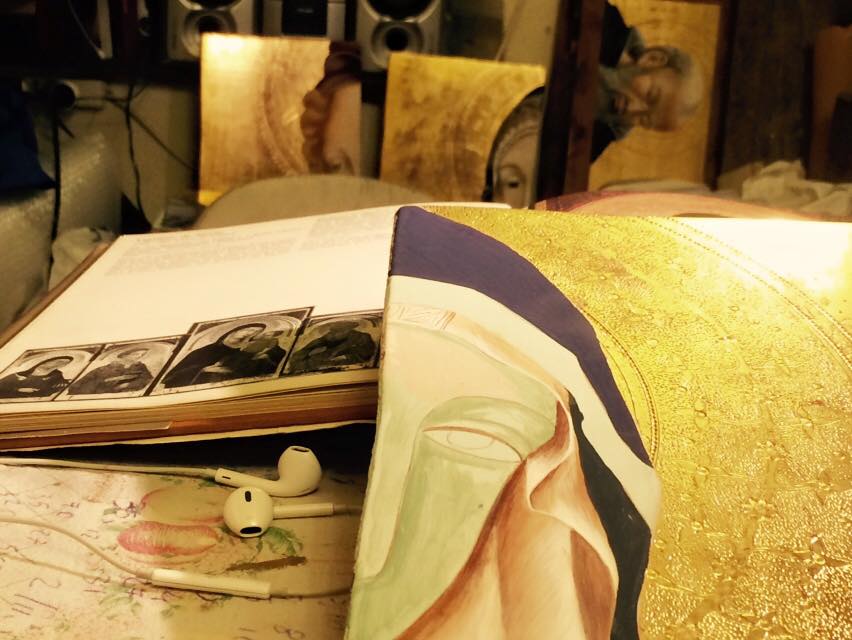
In the historic center of Siena, you can easily come across the incredible art workshops. Here, master crafters reproduce famous paintings by Sienese artists who lived between the 1200s and 1500s. In these workshops, the technique of egg tempera, described by Cennino Cennini in his “Libro dell’Arte o trattato della pittura” (Book of Art or Treatise on Painting) (1859), is handed down. Artisans likewise work on decorations, trompe l’oeil, restorations of frescoes and furniture decorations, including with a marble effect. Employing great creativity, these artists devoted their life’s work to cold decoration on glass, screen printing, leaf gilding and paintings on a variety of materials, such as wood and fabric.
Yellow marble

The precious yellow Siena marble, quarried in the Montagnola Senese, is one of the rarest and most prized materials in the world. With its unique shades of yellow, gray and white, this marble has been used in masterpieces such as the floor of the Siena Cathedral, Jacopo della Quercia’s 15ᵗʰ-century masterpiece Fonte Gaia in Piazza del Campo, and in the Florence Cathedral. Marble working continues to this day, with a few artisans managing to exalt its natural beauty. Thanks to modern techniques, Siena marble is also used in contemporary architecture, as an enduring symbol of refinement and quality.
Ceramics from Siena
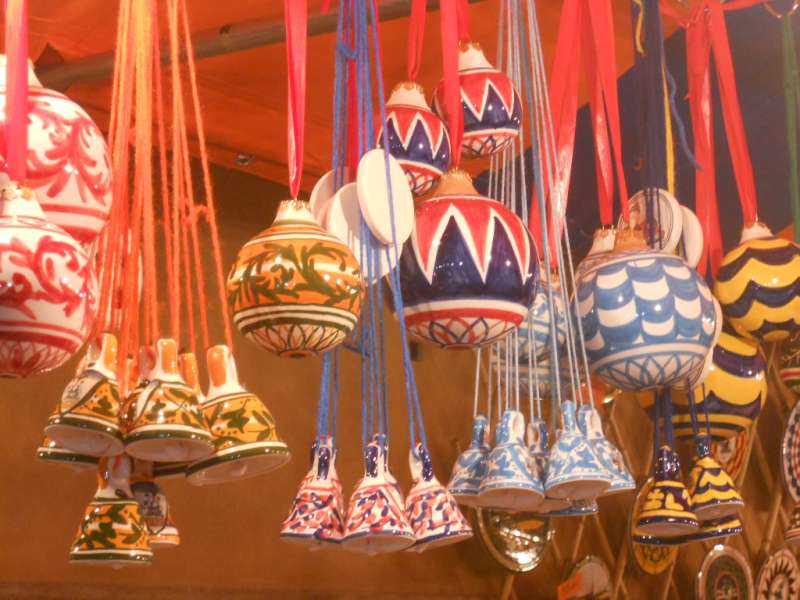
Siena’s clay-rich hills rendered this city famous for its pottery production. Since the 14ᵗʰ century, master crafters have excelled in making pottery and majolica products. Today, local kilns continue to produce terracotta objects, including jugs, potholders and typical hand-painted ceramics, such as the Santa Lucia Bells, a symbol of good luck painted in the colors of the local contrade (urban wards). Siena’s ceramic tradition is also intertwined with that of the Palio via the production of objects painted in the colors of the various contrade.
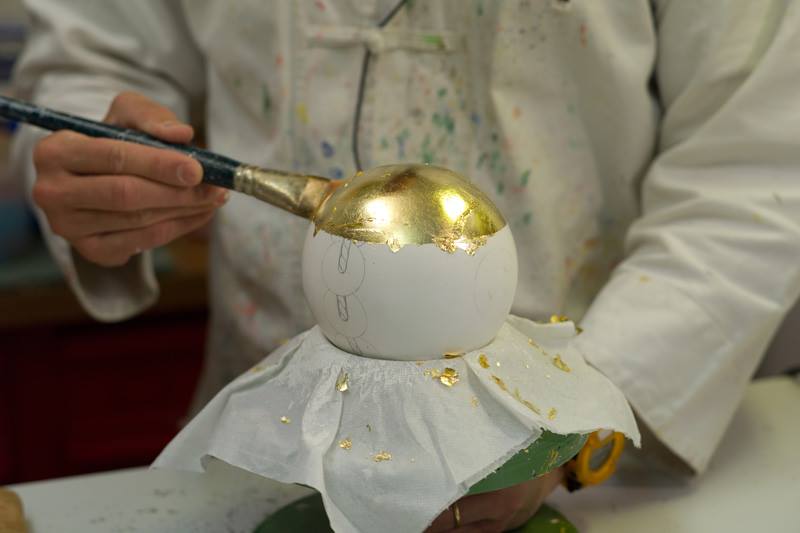
Textile garments
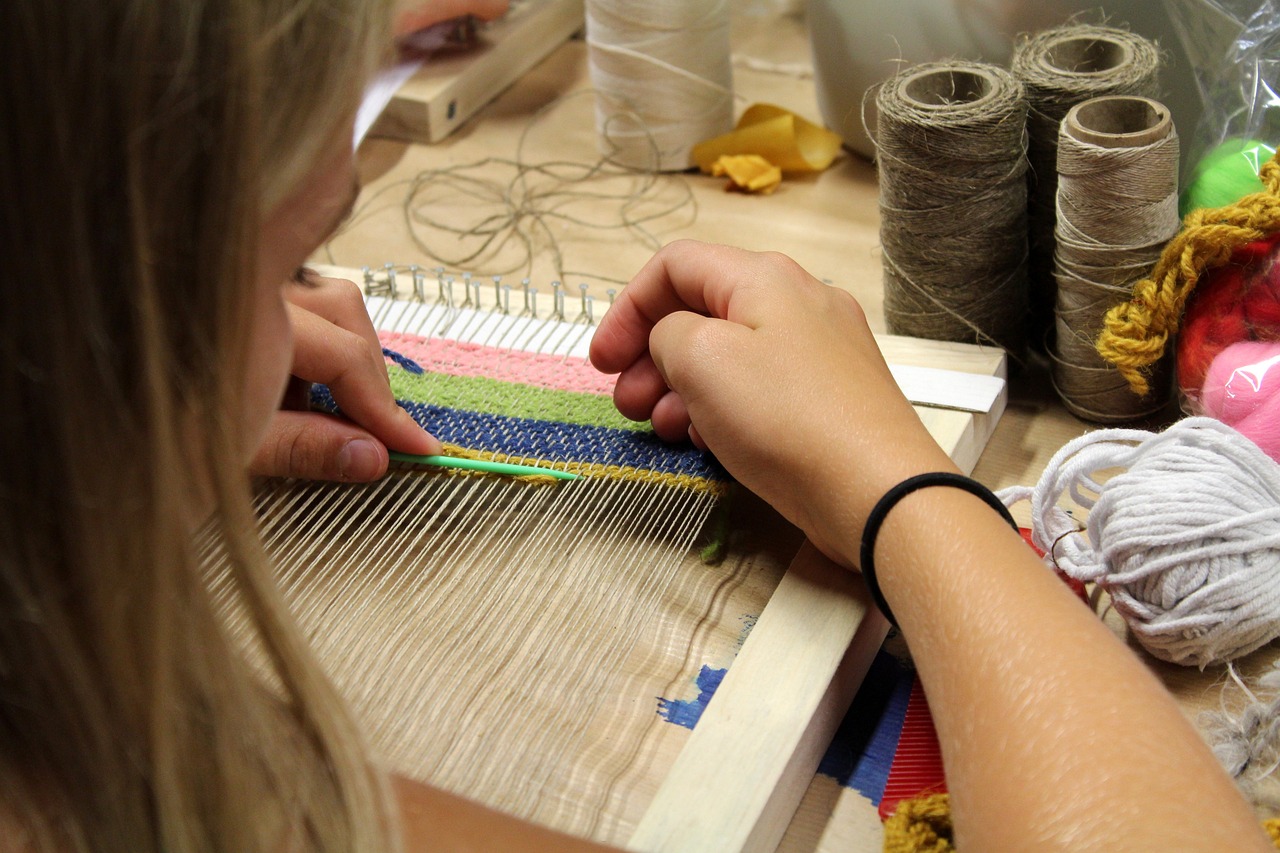
Hand weaving has a long and prestigious tradition, with small artisan workshops still using semi-mechanical looms to create unique garments in styles ranging from antique to the most modern, characterized by decorative borders often inspired by designs taken from inlays or painted floors, such as that of the Siena Cathedral. Similarly specializing in historical reconstructions, artisans and crafters create clothing and accessories that hark back to the past, offering garments that tell stories of textile arts and tradition. Through their work, they preserve and renew an ancient artform, giving their products a value beyond mere functionality, rendering them veritable artworks.
Handmade hats
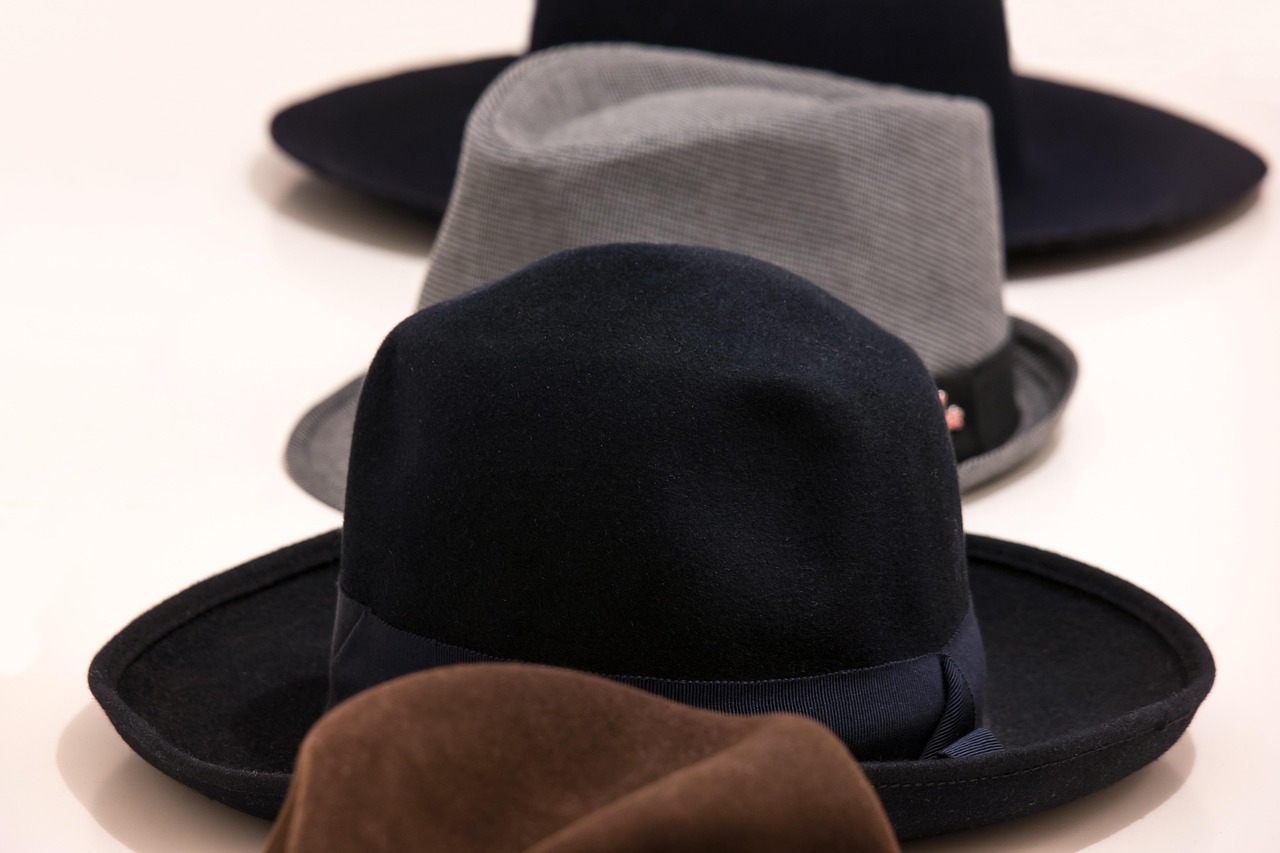
Another jewel of Siena’s craftsmanship is the tradition of high-quality hats. These headdresses, handmade using traditional techniques, are often displayed in historic stores in the city. Each hat is unique, the result of a craft that continues to preserve the art of working with felt and straw, with designs ranging from high-end fashion to more classic styles. This craft, which has its roots in the past, continues to flourish thanks to the passion and skill of the Siena locals who, in a blend of past and present, keep alive one of the finest expressions of local craftsmanship.
Leather goods
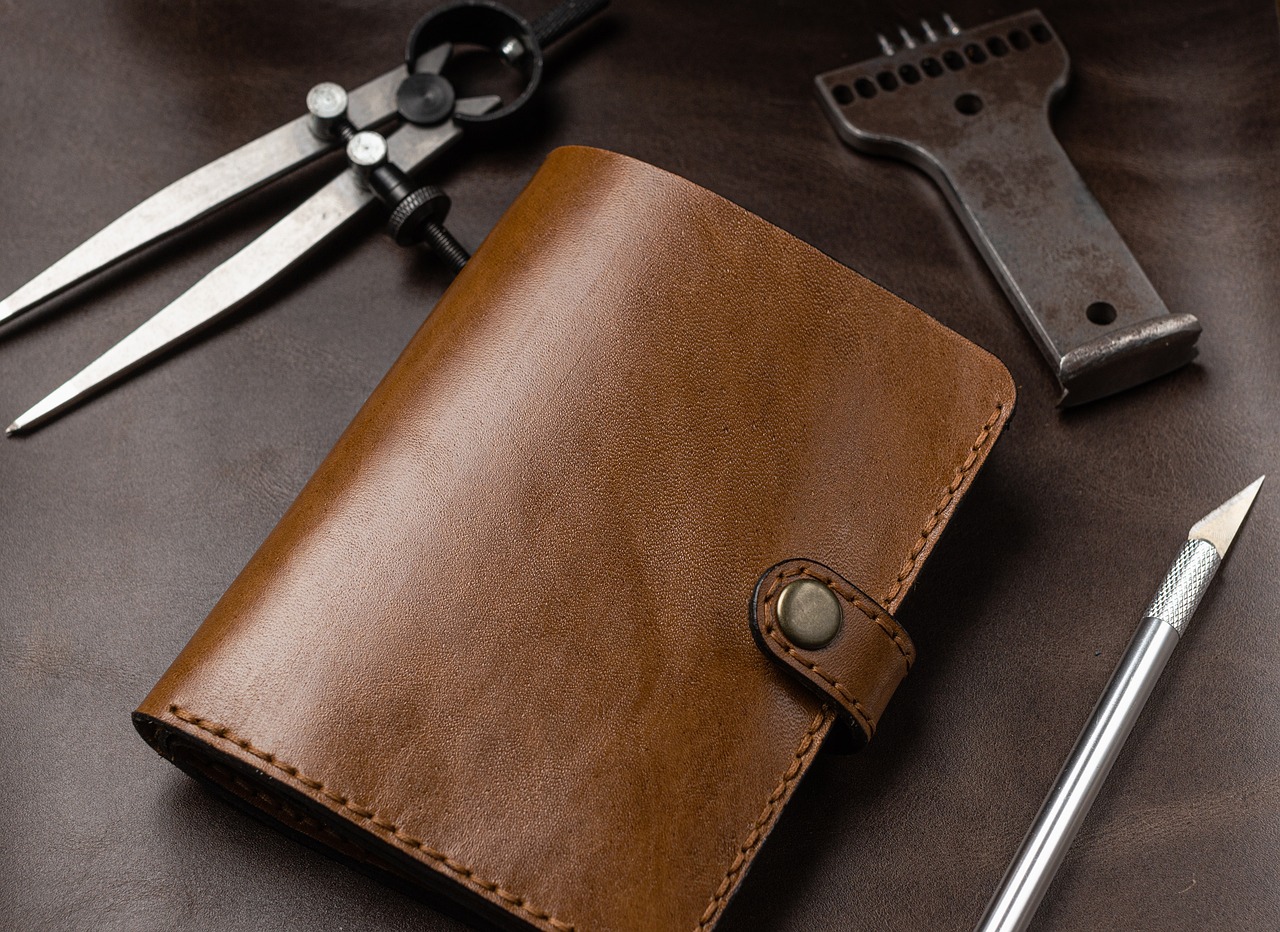
Leather goods in Siena have a strong and deep-rooted tradition dating back centuries. The art of leatherworking is continued with passion by artisans and crafters using techniques handed down from generation to generation. Leather goods such as handbags, wallets, belts and accessories are made with high-quality materials and impeccable care, meaning each piece is an expression of timeless elegance.
